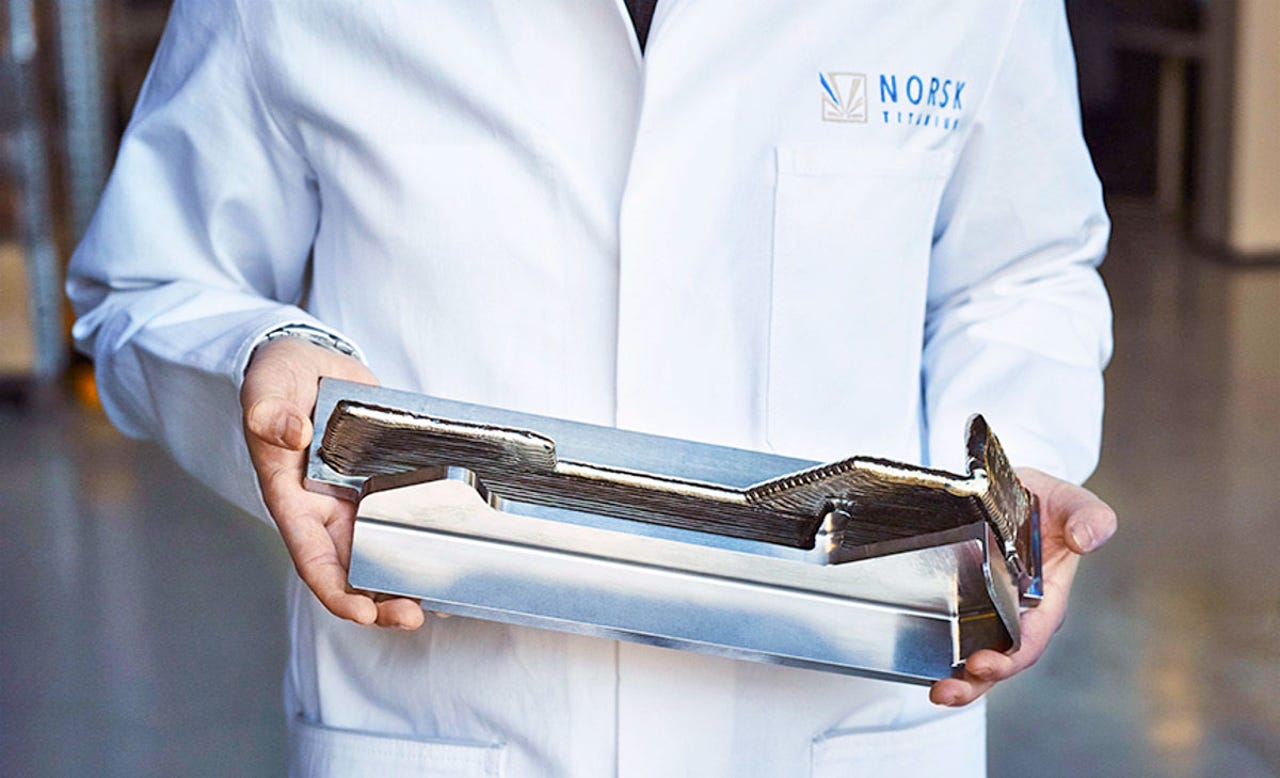Additive manufacturing firms gear up for 3D-printed parts race in aviation


Via Norsk Titanium.
Players are stacking up in what looks like a 3D-printed parts race in aviation.
Featured
GE Additive on Tuesday unveiled what it says is the "world's largest laser-powder additive manufacturing machine" tailored for the aerospace industry.
In a separate but similar news release, Boeing subcontractor Spirit AeroSystems and Norwegian 3D printing firm Norsk Titanium AS announced a partnership to produce 3D-printed structural titanium components for the commercial aerospace industry.
Meanwhile, Stratasys has also announced a new 3D printing system for producing aircraft interior parts with highly repeatable mechanical properties.
The announcements come as US safety regulators and the Federal Aviation Administration mull over the certification approvals necessary to put this kind of 3D-printed parts technology into use on a broad scale.
The FAA has stringent certification requirements that determine if structural parts are fit for flight, and it's looking even closer at the strength and reliability of parts made through plasma-deposition technology and 3D printing.
Norsk Titanium recently received FAA approval to use printed structural titanium components on Boeing planes. GE already prints fuel nozzles for aircraft engines. However, Norsk's approval marked the first time a company was permitted to use 3D-printed components in a structural, stress-bearing capacity.
Airline manufacturers such as Boeing are eager to move away from traditionally manufactured titanium alloy parts, as they are typically produced at a slower rate and a much higher cost.
As such, tech providers are eager to sell their 3D-printed wares. Norsk Titanium says its plasma deposition technology can reduce product costs by up to 30 percent while also cutting down on waste and energy consumption. Stratasys says 3D printed aircraft parts also improve supply chain efficiency and cut down on the pricey inventory of parts that airlines are required to keep yet sometimes never use.
Other stories: